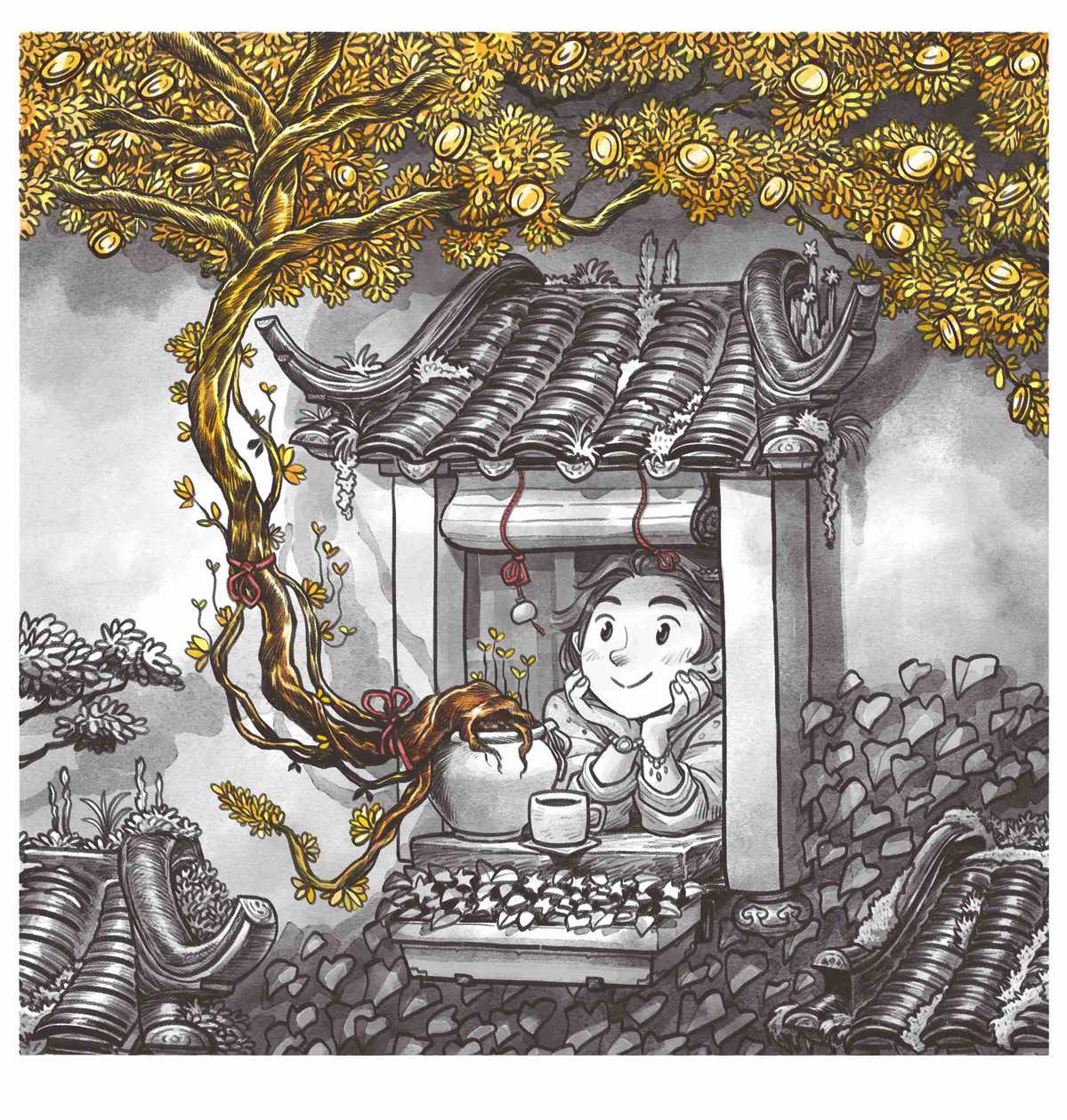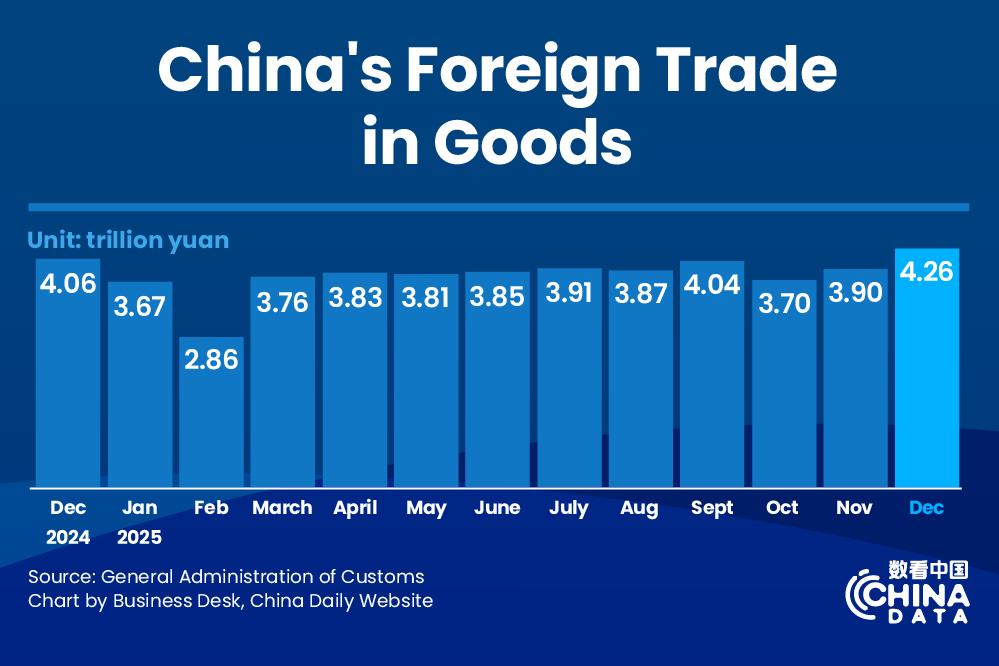Stronger, durable policies can tackle atypical shocks


Economic figures recorded since August have begun to show signs of recovery, especially upticks seen in infrastructure and manufacturing investment, which are key to hedging the downward pressure on real estate and driving overall investment. Industrial production is also seen moving back on track. But compared with the traditional cyclical recovery, as we see, the latest round of recovery features atypical characteristics amid the ongoing impact of COVID-19.
The atypicality is reflected in several factors, and is affecting the efficiency of traditional macroeconomic stimuli. We are also witnessing extraordinary volatility, which exists not only in the real economy, but also in the financial markets. And volatility is affecting not only just a few countries, but the entire world.
As for the root cause of such an atypical recovery, we think the answer may be in the abnormal shocks to the economy — first the COVID-19, then the Russian-Ukrainian conflict, followed by scorching summer temperatures in China and resulting drought conditions.
These three shocks are different from the impact of traditional economic cycle fluctuations, with the biggest difference being that these three shocks are on the supply side. The pandemic has led to the suspension of work and production, and transportation and logistics have thus been affected. The Russian-Ukrainian conflict brought about energy supply woes. Meanwhile, high temperatures and droughts weigh on agricultural and industrial production. These shocks have affected the economy, directly dragging down growth momentum and leading to lower incomes.
Furthermore, the decline in revenue of many enterprises is amplified by the sectoral linkages, bringing greater downward pressure on demand. For example, lower revenue in the catering industry diminishes employee demand for consumer goods, and the impact then spreads from supply to demand, and ultimately drags down GDP growth. The second amplifier is the industrial chain connection. For example, when chips are affected, this may then hinder the automotive sector.
Amid the ongoing COVID-19 pandemic, many enterprises, especially smaller ones, are faced with greater uncertainties, which has a certain effect on investor confidence. Many are holding their money and dare not invest, which further amplifies the downward pressure from supply to demand.
The primary impact of such atypical shocks is overall downward pressure on the economy. After the shocks, stagflation follows, which is the most critical issue awaiting solutions. And seeking solutions itself may create a dilemma, as, if there is no policy to support demand, the supply shock will bring greater downward pressure on demand; if, however, there is policy to support demand, a decline in supply means that inflation will rise, policy will have to tighten and growth will still eventually weaken.
It's an issue that China should have a clear mind about, as it matters how much policy easing the country still needs. The United States, for example, has previously introduced too much stimulus to cope with stagnation, and now has to handle the resulting inflation — a recession is therefore almost inevitable. While the situation in China is different, as the downward pressure on demand exceeds that on supply, the pressure of stagnation is still large. Under the current situation, China needs a relaxed policy environment to drive its growth momentum.
The second impact of atypical shocks is in supply elasticity. It's said in textbooks that in a market economy, how the market functions relies on the signals it sends to steer supply and demand by prices. Under atypical shocks, the effects of physical constraints like the Russian-Ukrainian conflict and climate change may exceed the regulatory capacity of market mechanisms, and even if prices rise, supply increases more slowly than during normal economic cycles.
Furthermore, with noneconomic factors affecting the economy more, the operation of the economy — instead of seeing most impact from traditional macro policies such as those of a fiscal and monetary nature — will also see impact from more regulatory measures concerning atypical shock factors. In addition, noneconomic factors not only affect the momentum, but also more fundamentally, the structure of the economy. Not all industries, regions and groups of people are affected by the same impact, but some are affected more than others. As the shock time lengthens, the pressure on part of these segments may exceed their ability to endure.
Under such circumstances, the government may find that in its macro policy toolbox, fiscal policies always function more efficiently than money and credit tools. This is partly because monetary and credit policies rely to a considerable extent on price changes, such as falling interest rates, while fiscal action can directly bring about quantitative changes, such as infrastructure investment.
On the other hand, money and credit are more aggregate policies, while fiscal policy has stronger structural functions, such as being able to more effectively help vulnerable groups, and people and industries that have been greatly affected by COVID-19.
This is also one thing the government needs to consider when thinking about how to deal with downward pressure on the economy. In other words, structural policies are very important. As we see, the general direction of policy in the future should be to further optimize COVID-19 prevention policies, enhance the role of finance and shift more focus to directly stimulating consumption to cope with the structural impact of atypical shocks.
With the current policy strength, according to our calculations, there will be a total expansion of 3 percent in fiscal spending this year, which is expected to bring 3 percent growth in GDP, reflecting the relatively strong support from the fiscal side this year.
However, at present the multiplier effect of traditional fiscal tools on demand has declined, and the pull on the economy is limited, which is even more obvious amid the impact of COVID-19 in 2020 and the second quarter of this year. In the second quarter, for example, the two driving forces — exports and infrastructure — contributed to 0.5 percent of GDP growth, while growth of the overall GDP was only 0.4 percent.
So why is there weakness? Seen from the current situation, although real estate activity has slowed, it is not the major burden on the economy as the strength of financial hedging is actually relatively large. The answer lies in the atypical shocks mentioned above. The impact of such shocks will lead to a reduction in the multiplier effect through three amplification mechanisms of market sentiment, supply to demand and upstream and downstream links in the industrial chain.
In this case, there are three pathways leading the nation out of its current economic woes. The first is to continue to optimize prevention and control measures against COVID-19. In fact, with the continuous mutation of the virus, there have been several updates in measures in the past few years, with a prominent example being the ninth edition of the COVID-19 prevention plan. Chances are good that the idea of changing protocols in accordance with the COVID-19 situation will continue to be the default strategy in the future. And since COVID-19 is one of the factors leading to atypical shocks, a continuously enhanced prevention system will help iron out problems in the industrial chain, reduce uncertainty of expectations, boost confidence, promote both supply and demand, and strengthen overall economic recovery.
The second direction is direct help from the fiscal side to the consumption side, such as subsidies to affected groups and low-income earners. Here are some of the advantages of such a strategy. First, such move will skip over obstacles of industrial chain transmission; second, consumption is relatively less affected by expectations; third, promoting consumption, which faces fewer physical constraints by COVID-19, will help the market to boost effective demand more efficiently.
However, it should be noted that such stimulus is effective in boosting demand, but won't bring much improvement to the supply side. Also, the strength of stimulation, if exceeding a certain extent, can easily lead to rises in inflation. In view of its relatively high efficiency in driving consumer demand, it is an effective tool, for now.
The third direction involves traditional fiscal and monetary policies like promoting credit demand through interest rate cuts, fiscal support for infrastructure, tax cuts and fee reductions, and policy-based finance. As mentioned above, atypical shocks inhibit the efficiency of these policies to stimulate demand. And to achieve the same stable growth effect as before, required policies should accordingly be stronger and longer lasting. And negative effects as a result may also be greater over the medium and long term.
The writer is chief economist at China International Capital Corp.
The views don't necessarily reflect those of China Daily.




































